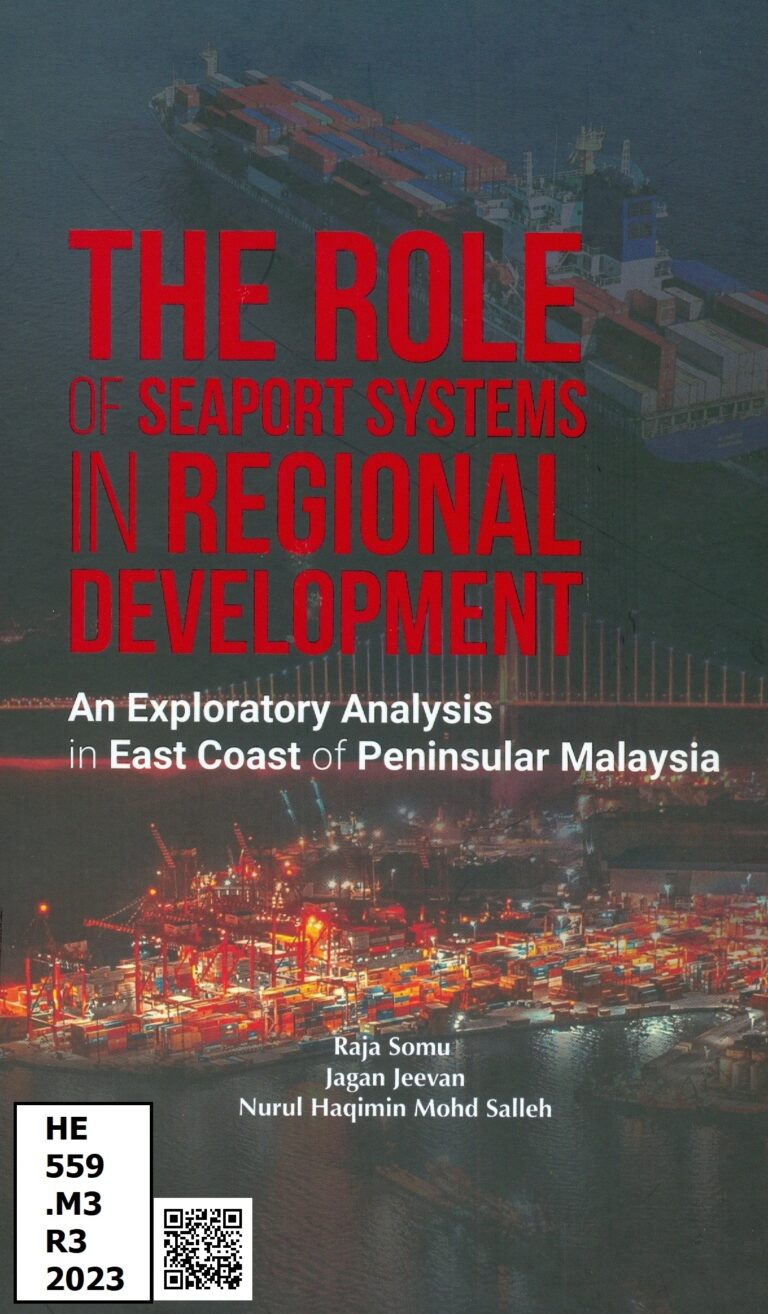
Description of these book:
Seaports have been used to facilitate local and international commerce. As proof of these operations, the growth seaport competitiveness, the increase in the value of the national Gross Domestic Product (GDP), and the continual improvement of the maritime sector have been seen. On the other hand, this seaport activity has a considerable impact on regional development, particularly at the ports of origin or destination.
Regional development is a significant indication of economic progress and a daily occurrence in a large number of nations, including Malaysia. The majority of study focuses on the impact of conventional economic activities on regional development, with a little attention paid to the relationship between maritime activities, seaports, and hinterland and regional development.
By initiating a study on seaports and regional development. Due to the mismatch in regional development between peninsular Malaysia’s east and west coastlines, this book focuses mostly on the east coast. Additionally, the lack of integration of multimodal transportation, the underutilization of seaport system components such as freight corridors, seaports, and transportation facilities, the absence of a policy that priorities seaports as a primary component of regional development, and the preparations of seaports in east coast peninsular Malaysia to meet the requirements of international agendas, most notably the Belt and Road Initiative (BRI) have become primary motivations.
Thus, this book aims to investigate the major elements affecting regional growth in seaport systems, explore the consequences of seaport systems on regional development, and provide solutions for improving the performance of the seaport system on peninsular Malaysia’s east coast.

